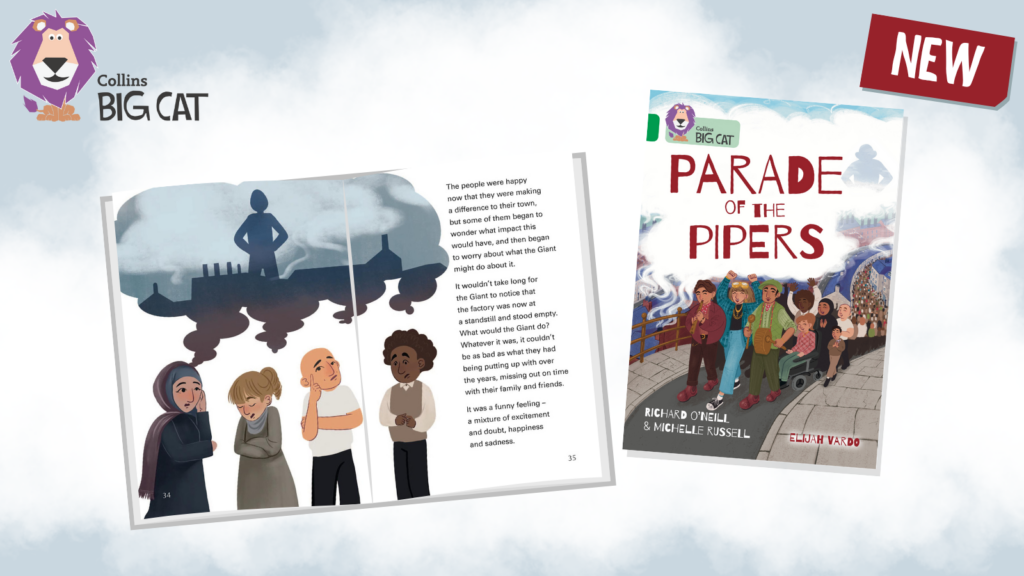Activity One – Floating and Sinking
Year 1 to Year 6
Each year I’ve taught this aspect of science, the children have loved it. I think it’s the chance to muck about in water and also to make something that actually performs whilst testing it to destruction.
All those elements combine in our first activity which involves investigating why objects float or sink.
Collect a variety of materials together. We suggest plasticine, silver foil, wood of different types, pine, balsa and if possible a hardwood such as mahogany or ebony, paper and cling film.
With these the children are going to construct ‘boats’ and investigating their performance.
One of the most interesting concepts in science is tested in the first part of our experiment when you ask the question ‘Which of these materials will float and which will sink?’
Giving the children a lump of plasticine and a screwed up ball of foil they will use preconceived ideas and suggest that both will sink because metal sinks and the plasticine feels heavy. Equally they will say that wood floats, coming to the conclusion that if something is heavy it sinks, if it’s light, it floats. They can test their hypotheses in a sink, bowl or fish tank. Most will feel satisfied that they are right until you challenge them to make the plasticine and foil float. The trick is by displacing water with air and by moulding the foil and the plasticine into hull shapes they’ll find that they can make the materials float. Equally, in the absence of actually having a piece, you can tell them that ironwood sinks. An interesting extension to this activity is to cut a margarine tub so that it looks like the ribs of a boat and place it in the bowl. It will sink. Now ask the children to cover the ‘boat’ with clingfilm and try again. Going back to their original hypothesis you can ask the children which was heavier, the floating tub or the sinking one. Naturally because you’ve added a material to make the sinking one float, you’ve made it heavier.
Activity Two – How Long Did The Titanic Stay Afloat For?
Year 2 to Year 6
Using the information from the plans of the Titanic, construct a model using sixteen plastic boxes of equal size stuck together but with a small gap at the top of each box and show the children how the structure floats. Explain to them that this was the number of watertight compartments the Titanic had and that it was said that as long as no more than a quarter of them were damaged, the ship would stay afloat. You may need to add a little ballast to each container.
Now is the time to test the hypothesis. Cut a hole in the side of the first box and retest. Do this until the ‘boat’ begins to tip. As with the Titanic, the gap at the top allows water to flow into the ‘sealed’ compartments. Likewise you’ll find that the compartments of your model will fill eventually. This happened because six compartments were damaged causing the tilt that allowed further compartments to fill. It’s interesting to see whether the geometry of the sinking of your model follows that shown in the film.
Activity Three – Investigating Icebergs
Year 3 to Year 6
Fill small plastic bags with a litre of water and freeze them. Try to do it so the bag freezes with a corner completely filled with water.
Use the same containers of water as you used for testing for floating but add salt to them at the rate of 32 grams per litre. Check the temperature of the water, mark the water level on the side of the bowl and tip the ‘icebergs’ from their bags into the water. Remember to check the temperature every ten minutes and record it. Now mark the new level of water on the side of the bowl and using a jug extract and measure by what volume the water level rose. Divide this amount by the 1000ml you froze and compare the results between the groups. You should find the answers are roughly similar. This measurement tells you how much of an iceberg is underwater and can be compared to the 87% accepted by scientists.
Looking at the temperature of the water you should find that the ‘iceberg’ has cooled the temperature to below what we accept as being freezing point. The temperature of the sea where the Titanic sank was also below freezing but still liquid. If you set up a comparative experiment but using unsalted water you’ll find that the water temperature stays above freezing. You can tell children that is why local authorities use salt on roads in winter to lower the freezing point of any surface water.
You may see some variance in your iceberg measurements because of the way water expands as it freezes. You can test this by freezing a small plastic bottle of water and the children will find that it bulges. To find out by how much it’s expanded you can use displacement.


